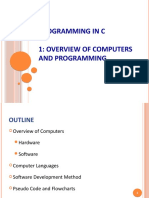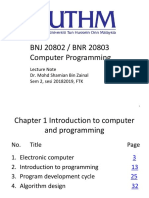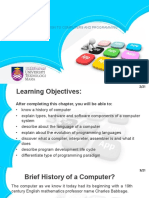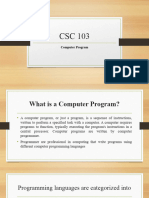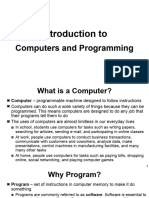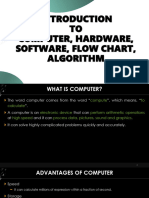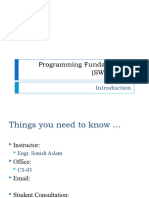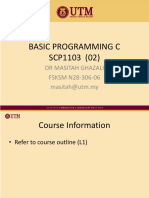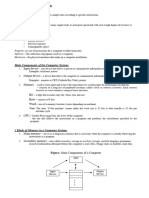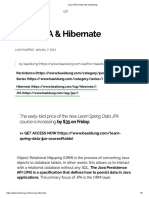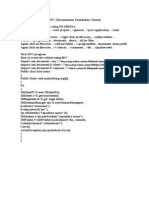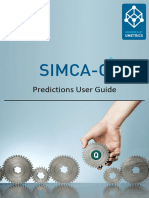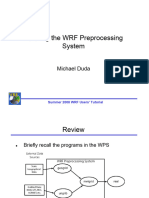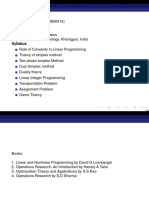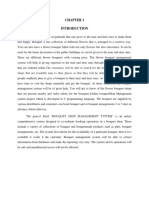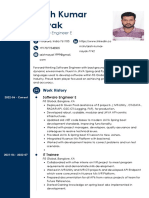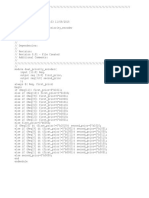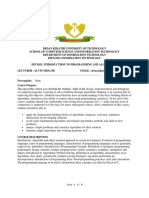0% found this document useful (0 votes)
212 views43 pagesLiang, Introduction To Java Programming, Eighth Edition, (C) 2011 Pearson Education, Inc
Uploaded by
AwadAyoubCopyright
© © All Rights Reserved
We take content rights seriously. If you suspect this is your content, claim it here.
Available Formats
Download as PDF, TXT or read online on Scribd
0% found this document useful (0 votes)
212 views43 pagesLiang, Introduction To Java Programming, Eighth Edition, (C) 2011 Pearson Education, Inc
Uploaded by
AwadAyoubCopyright
© © All Rights Reserved
We take content rights seriously. If you suspect this is your content, claim it here.
Available Formats
Download as PDF, TXT or read online on Scribd
/ 43



